Home>Furniture & Design>Outdoor Furniture>What Should I Look For When Buying Outdoor Security Cameras?
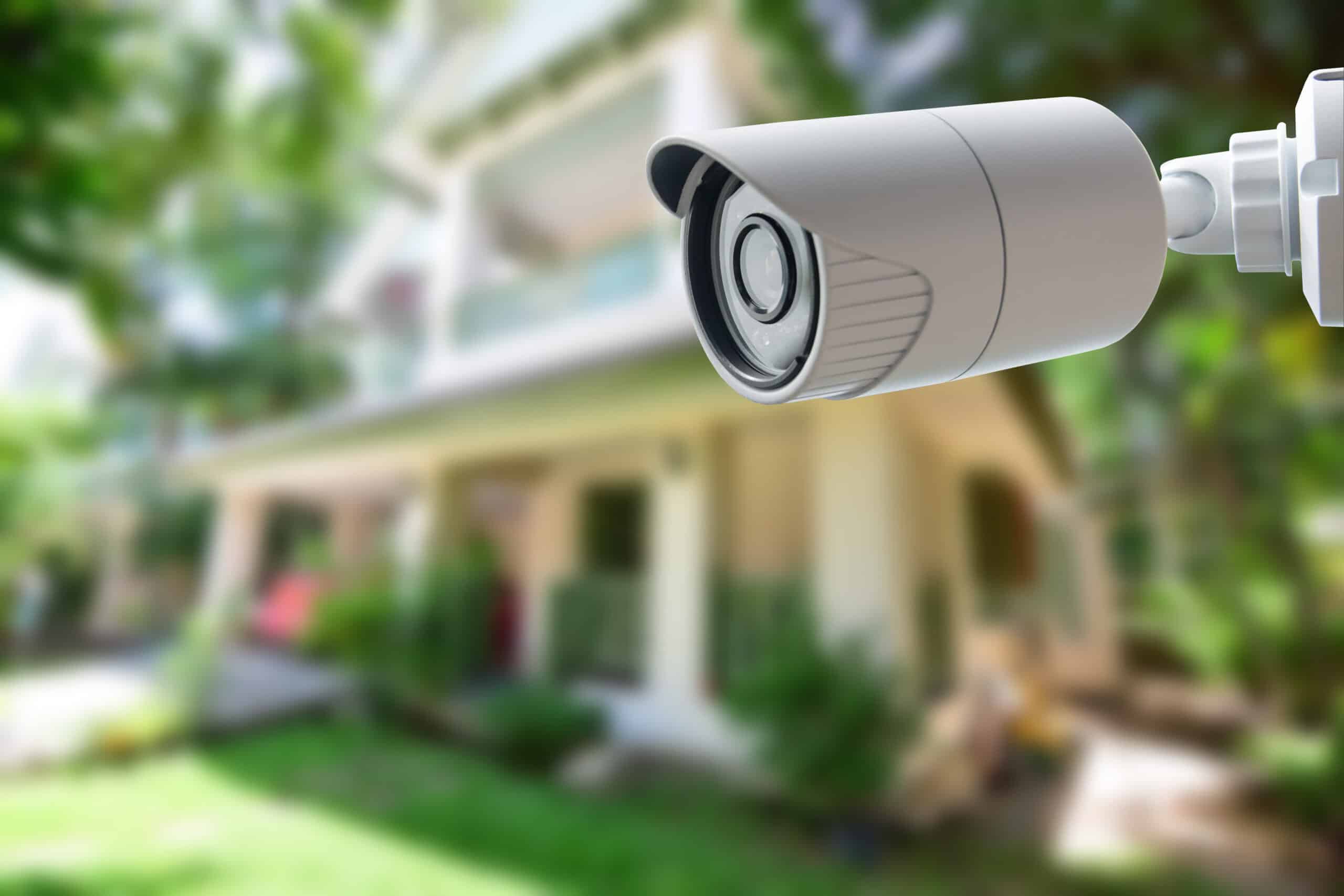

Outdoor Furniture
What Should I Look For When Buying Outdoor Security Cameras?
Modified: January 24, 2024
When buying outdoor security cameras, consider features such as weather resistance, night vision, and motion detection. Find the best options for your outdoor space at Outdoor Furniture, Furniture, and Design.
(Many of the links in this article redirect to a specific reviewed product. Your purchase of these products through affiliate links helps to generate commission for Storables.com, at no extra cost. Learn more)
Introduction
When it comes to safeguarding your outdoor space, investing in security cameras is a prudent decision. However, with a plethora of options available in the market, knowing what to look for when purchasing outdoor security cameras can be overwhelming. From resolution and image quality to night vision, weather resistance, power source, and advanced features like motion detection, two-way audio, and remote access, there are numerous factors to consider. This comprehensive guide aims to demystify the process of selecting the best outdoor security cameras by highlighting the key features and considerations that will help you make an informed decision.
Whether you’re looking to enhance the security of your home, monitor your backyard, or keep an eye on your business premises, understanding the essential aspects of outdoor security cameras is crucial. By the end of this guide, you’ll be equipped with the knowledge to choose the perfect outdoor security camera system that meets your specific requirements and provides you with peace of mind.
Key Takeaways:
- Choose outdoor security cameras with high resolution, robust night vision, and weather resistance for effective surveillance and peace of mind in your outdoor space.
- Prioritize cameras with reliable power sources, wide field of view, and advanced features like two-way audio and remote access to enhance security and monitoring capabilities.
Resolution and Image Quality
When evaluating outdoor security cameras, one of the primary considerations is the resolution and image quality. The resolution of a camera determines the clarity of the captured footage. Opt for cameras with at least 1080p resolution, as this provides clear and detailed images, allowing you to discern important details such as facial features or license plate numbers. Higher resolutions, such as 2K or 4K, offer even greater clarity and are ideal for larger outdoor areas or locations where fine details are crucial.
Image quality is not solely dependent on resolution; factors such as sensor quality, lens type, and image processing capabilities also play a significant role. Look for cameras with advanced image sensors and lenses designed to perform well in various lighting conditions, including bright sunlight and low-light environments. Additionally, features like HDR (High Dynamic Range) can enhance image quality by balancing exposure levels, resulting in clear footage with well-defined details.
Ensuring superior image quality is essential for outdoor security cameras, as it directly impacts the effectiveness of surveillance and the ability to identify individuals and objects within the camera’s field of view. By prioritizing resolution and image quality, you can be confident in the camera’s ability to capture high-definition footage, providing valuable evidence in the event of security incidents or unauthorized activities.
Night Vision
Effective outdoor security cameras should offer reliable night vision capabilities to ensure round-the-clock surveillance. Night vision functionality enables the camera to capture clear and detailed footage in low-light or completely dark conditions, making it an indispensable feature for outdoor security systems.
When assessing night vision capabilities, consider the camera’s infrared (IR) technology and the range it offers. Infrared LEDs are commonly used to provide illumination for night vision, allowing the camera to capture monochrome footage in complete darkness. Look for cameras with a substantial IR range, typically measured in feet or meters, to ensure adequate coverage of your outdoor area during nighttime.
Moreover, the quality of night vision footage is influenced by factors such as the number and arrangement of IR LEDs, the camera’s sensor sensitivity, and the presence of ambient light sources. Advanced night vision cameras utilize technologies like Smart IR, which automatically adjusts the intensity of the infrared illumination based on the proximity of objects, preventing overexposure and ensuring optimal image quality.
For comprehensive outdoor security, it’s crucial to choose cameras with robust night vision capabilities that deliver clear and detailed footage, even in challenging low-light conditions. By prioritizing night vision when selecting outdoor security cameras, you can rest assured that your surveillance system remains effective and reliable throughout the day and night.
Weather Resistance
Outdoor security cameras are exposed to the elements, making weather resistance a critical factor in their performance and longevity. When purchasing outdoor security cameras, it’s imperative to prioritize models specifically designed to withstand various weather conditions, including rain, snow, heat, and humidity.
Look for cameras with an IP (Ingress Protection) rating, which indicates their resistance to dust and water. The IP rating is typically followed by two digits; the first digit represents protection against solid objects, while the second digit denotes resistance to liquids. For outdoor use, opt for cameras with an IP65 rating or higher, ensuring protection against dust ingress and powerful water jets, making them suitable for withstanding heavy rain and snow.
Additionally, consider the operating temperature range of the cameras. Cameras engineered for outdoor environments should have a wide temperature tolerance, capable of functioning reliably in both extreme cold and high heat. This ensures that the cameras remain operational regardless of the seasonal weather fluctuations in your location.
Furthermore, the construction and materials used in the cameras should be durable and corrosion-resistant, capable of withstanding prolonged exposure to outdoor elements without compromising performance. UV-resistant housing and robust mounting hardware contribute to the long-term reliability of outdoor security cameras, ensuring they continue to provide effective surveillance in any weather conditions.
By prioritizing weather resistance in your selection of outdoor security cameras, you can be confident in their ability to withstand the rigors of outdoor environments, providing continuous surveillance and peace of mind, regardless of the prevailing weather conditions.
Power Source
When choosing outdoor security cameras, considering the power source is crucial to ensure continuous and reliable operation. Outdoor cameras typically utilize one of the following power options: wired, battery-powered, or solar-powered.
Wired cameras are powered through a direct electrical connection, providing a consistent and uninterrupted power supply. This eliminates the need for battery changes or recharging, ensuring continuous surveillance without the risk of power outages. However, installation may require professional assistance to connect the cameras to a power source, which could result in higher upfront costs and limited flexibility in camera placement.
Battery-powered cameras offer greater flexibility in installation as they are not constrained by wiring requirements. These cameras are powered by rechargeable batteries, making them suitable for locations where access to electrical outlets is limited or impractical. It’s essential to consider the battery life and the ease of recharging or replacing the batteries to maintain uninterrupted surveillance.
Solar-powered cameras harness solar energy to charge their internal batteries, offering an eco-friendly and cost-effective power solution. These cameras are ideal for remote outdoor locations where access to electrical infrastructure is limited. Solar-powered cameras provide a sustainable and independent power source, reducing the need for frequent battery maintenance and ensuring continuous operation with minimal environmental impact.
Understanding the power requirements and available options is crucial in selecting outdoor security cameras that align with your specific needs and installation environment. Whether opting for wired, battery-powered, or solar-powered cameras, prioritizing a reliable power source is essential for maintaining consistent surveillance and enhancing the security of your outdoor space.
Field of View
The field of view (FOV) of outdoor security cameras determines the area that the camera can cover and monitor. A wider field of view allows the camera to capture more of the surrounding space, reducing blind spots and providing comprehensive surveillance coverage.
When evaluating the field of view, consider both the horizontal and vertical angles covered by the camera. A wider FOV, typically measured in degrees, enables the camera to monitor a larger area, making it suitable for expansive outdoor spaces such as yards, driveways, and parking lots. Cameras with adjustable or panoramic views offer the flexibility to focus on specific areas or to provide a broader overview as needed.
Furthermore, the aspect ratio of the camera’s field of view influences the coverage and the level of detail captured. Traditional 4:3 aspect ratios are suitable for general surveillance, while wider 16:9 aspect ratios are ideal for capturing expansive outdoor scenes with enhanced panoramic views and greater detail.
Consider the specific layout and dimensions of the outdoor area you intend to monitor when selecting cameras with an appropriate field of view. By prioritizing a wide and adaptable field of view, you can ensure comprehensive surveillance coverage, minimizing blind spots and enhancing the overall security and monitoring capabilities of your outdoor space.
Motion Detection and Alerts
Effective outdoor security cameras are equipped with advanced motion detection technology, enabling them to detect and capture relevant events while minimizing false alarms. Motion detection capabilities are essential for identifying potential security threats, unauthorized activities, or unexpected movements within the camera’s field of view.
When evaluating motion detection features, look for cameras with customizable sensitivity settings, allowing you to adjust the level of motion required to trigger an alert. This flexibility helps reduce false alarms caused by natural movements such as swaying branches or passing wildlife, while ensuring that significant events are promptly detected and recorded.
Additionally, consider the camera’s ability to distinguish between different types of motion, such as human activity, vehicle movement, or other objects. Advanced motion detection algorithms and AI-powered analytics enhance the camera’s ability to accurately identify and categorize motion, providing more relevant and actionable alerts.
Integration with alert systems, such as mobile notifications, email alerts, or audible alarms, enables real-time monitoring and immediate response to detected motion. The ability to receive instant alerts on your smartphone or other devices empowers you to stay informed and take timely action, whether you’re at home, at work, or away from the monitored premises.
By prioritizing outdoor security cameras with robust motion detection capabilities and responsive alert systems, you can proactively monitor and respond to potential security incidents, ensuring enhanced protection for your outdoor space and valuable peace of mind.
When buying outdoor security cameras, look for ones with weatherproof and vandal-resistant features to ensure they can withstand outdoor conditions and potential tampering.
Two-Way Audio
Two-way audio functionality is a valuable feature in outdoor security cameras, enabling real-time communication between the camera and individuals within its vicinity. This capability facilitates interactive monitoring, remote communication, and deterrence of potential security threats, making it an essential consideration when selecting outdoor security cameras.
With two-way audio, users can listen to audio captured by the camera’s built-in microphone and speak through the integrated speaker, allowing for seamless communication with visitors, delivery personnel, or potential intruders. This feature enhances the versatility of outdoor security cameras, enabling users to engage in live conversations, issue verbal warnings, or provide instructions as needed.
Two-way audio also serves as an effective deterrent against unauthorized activities, as the ability to communicate with individuals in the camera’s vicinity can discourage suspicious behavior and trespassing. Additionally, it facilitates convenient interactions with family members, guests, or service providers, enhancing the overall functionality and utility of the security camera system.
When evaluating two-way audio capabilities, consider features such as noise cancellation, echo suppression, and adjustable audio settings to ensure clear and intelligible communication, even in outdoor environments with ambient noise or challenging acoustics. Furthermore, the integration of two-way audio with mobile applications or remote access platforms enhances the convenience and accessibility of this feature, allowing users to engage in real-time communication from anywhere.
By prioritizing outdoor security cameras equipped with two-way audio functionality, you can leverage interactive monitoring, seamless communication, and proactive deterrence, enhancing the security and versatility of your outdoor surveillance system.
Storage Options
Choosing the right storage options for your outdoor security cameras is crucial for the reliable retention and accessibility of recorded footage. When evaluating storage solutions, consider the following options to ensure seamless recording, playback, and archival of surveillance footage.
Cloud storage offers a convenient and secure method of storing recorded footage off-site. With cloud-based storage, footage is automatically uploaded to remote servers, providing protection against physical tampering or theft of on-site recording devices. Cloud storage also enables easy access to footage from any location with an internet connection, facilitating remote playback and sharing of recordings.
Local storage solutions, such as microSD cards or network-attached storage (NAS) devices, provide on-site recording capabilities without relying on internet connectivity. MicroSD cards integrated into the cameras allow for continuous or event-triggered recording, offering a cost-effective and straightforward storage option. NAS devices, on the other hand, provide scalable and centralized storage for multiple cameras, making them suitable for larger surveillance setups.
Hybrid storage solutions, which combine both cloud and local storage, offer the benefits of redundancy and flexibility. By automatically backing up footage to both local and cloud-based storage, hybrid solutions provide an additional layer of data protection and ensure continuous recording, even in the event of network disruptions or local storage failures.
When selecting storage options for outdoor security cameras, consider factors such as storage capacity, data retention policies, accessibility, and security features. Additionally, ensure compatibility with the camera’s recording formats and settings to optimize the recording and retrieval of surveillance footage.
By prioritizing reliable and suitable storage options, you can ensure the seamless and secure archiving of recorded footage, enabling effective surveillance and the preservation of critical evidence in the event of security incidents or unauthorized activities.
Remote Access and Control
Remote access and control capabilities are integral features of outdoor security cameras, empowering users to monitor and manage their surveillance systems from anywhere with an internet connection. This functionality enhances the convenience, flexibility, and real-time responsiveness of outdoor security monitoring, making it a key consideration when selecting security cameras for outdoor spaces.
Mobile applications and web-based platforms designed for remote access enable users to view live camera feeds, review recorded footage, and adjust camera settings from their smartphones, tablets, or computers. This seamless accessibility ensures that users can stay connected to their surveillance systems, receive instant alerts, and take proactive measures, regardless of their physical location.
Remote control features allow users to adjust camera angles, zoom in on specific areas, or initiate two-way audio communication, providing interactive monitoring and intervention capabilities from a distance. This level of control enhances the versatility and effectiveness of outdoor security cameras, enabling users to respond to changing circumstances and potential security events in real time.
Integration with voice assistants and smart home platforms further enhances the accessibility and convenience of remote access and control. Compatibility with voice commands and automation routines allows for intuitive and hands-free management of outdoor security cameras, streamlining the monitoring process and enhancing the overall user experience.
By prioritizing outdoor security cameras with robust remote access and control capabilities, users can leverage the flexibility, responsiveness, and interactivity of modern surveillance systems, ensuring comprehensive monitoring and proactive management of their outdoor spaces, even when they are away from the premises.
Installation and Setup
The installation and setup process for outdoor security cameras significantly impacts their effectiveness, reliability, and overall performance. Prioritizing proper installation and configuration is essential to ensure optimal functionality and seamless integration into your outdoor surveillance system.
When planning the installation of outdoor security cameras, consider factors such as the camera’s mounting options, viewing angles, and placement to maximize coverage and minimize blind spots. Select mounting locations that provide unobstructed views of the areas you intend to monitor while ensuring the cameras are securely positioned to withstand environmental elements and potential tampering.
Proper cable management and weatherproofing are critical aspects of the installation process, especially for wired cameras. Ensuring that cables are protected from the elements and securely routed to power sources and recording devices contributes to long-term reliability and reduces the risk of damage or connectivity issues.
During the setup phase, configuring camera settings, network connectivity, and storage options is essential for seamless operation. Utilize the manufacturer’s provided software or mobile applications to customize motion detection settings, adjust recording preferences, and integrate the cameras into your preferred monitoring platform for remote access and control.
For wireless and battery-powered cameras, establishing reliable network connectivity and optimizing battery life are key considerations during the setup process. Ensuring strong Wi-Fi signals and implementing power-saving features, such as motion-activated recording, are essential for maximizing the performance and longevity of these camera types.
Professional installation services may be beneficial for complex surveillance setups or for ensuring compliance with local regulations and best practices. Additionally, consulting user manuals, online resources, and manufacturer support can provide valuable guidance for the installation and setup of outdoor security cameras, ensuring a smooth and effective deployment.
By prioritizing meticulous installation and thorough setup procedures, you can optimize the performance, reliability, and effectiveness of your outdoor security cameras, enhancing the overall security and monitoring capabilities of your outdoor space.
Price and Budget Considerations
When selecting outdoor security cameras, price and budget considerations play a pivotal role in determining the most suitable surveillance solution for your specific needs. Understanding the cost factors and evaluating the overall value offered by different camera models are essential steps in making an informed investment in outdoor security.
Factors that influence the pricing of outdoor security cameras include the camera’s resolution, image quality, advanced features, weather resistance, and storage options. Higher-resolution cameras with advanced functionalities such as night vision, two-way audio, and robust motion detection capabilities typically command a higher price due to their enhanced performance and versatility.
Consider the scalability of the surveillance system and the total cost of ownership, including additional accessories, storage solutions, and ongoing maintenance requirements. Assessing the long-term value and return on investment offered by the cameras, such as improved security, peace of mind, and potential insurance benefits, is crucial for justifying the initial investment.
Comparing the pricing and features of multiple camera models from reputable manufacturers allows you to identify the best balance between cost and performance. Consider bundled packages, promotions, and warranty offerings to maximize the value of your investment while ensuring the reliability and support provided by the manufacturer.
Additionally, factor in the cost of professional installation services, if required, and any potential subscription fees for cloud storage, advanced monitoring features, or extended warranty coverage. Understanding the total cost of ownership and ongoing expenses associated with outdoor security cameras enables you to establish a realistic budget and make informed purchasing decisions.
By carefully evaluating price and budget considerations, you can select outdoor security cameras that align with your financial parameters while delivering the essential features and performance needed to enhance the security and monitoring capabilities of your outdoor space.
Conclusion
Choosing the right outdoor security cameras involves a comprehensive evaluation of essential features, performance capabilities, and budget considerations to ensure effective surveillance and peace of mind. By prioritizing key factors such as resolution and image quality, night vision, weather resistance, power source, and advanced features like two-way audio and remote access, you can select cameras that meet your specific security needs.
Robust night vision capabilities enable round-the-clock surveillance, while weather-resistant designs ensure reliable performance in diverse outdoor environments. Selecting the appropriate power source, such as wired, battery-powered, or solar-powered options, is crucial for uninterrupted surveillance. Additionally, a wide field of view and advanced motion detection features contribute to comprehensive monitoring and timely event detection, while two-way audio functionality enhances interactive communication and deterrence capabilities.
Storage options, including cloud-based, local, or hybrid solutions, play a critical role in archiving and accessing recorded footage, while seamless remote access and control capabilities empower users to monitor and manage their surveillance systems from anywhere. Proper installation and setup procedures are essential for optimizing camera performance and reliability, ensuring seamless integration into your outdoor security infrastructure.
Considering price and budget factors, along with the long-term value and return on investment offered by outdoor security cameras, allows for a balanced assessment of cost and performance. By carefully evaluating these considerations, you can make an informed investment in outdoor security cameras that provide comprehensive monitoring, proactive security measures, and reliable protection for your outdoor space.
Ultimately, prioritizing the essential features and considerations outlined in this guide empowers you to select outdoor security cameras that align with your specific security requirements, providing you with the confidence and assurance that your outdoor space is effectively monitored and protected.
Frequently Asked Questions about What Should I Look For When Buying Outdoor Security Cameras?
Was this page helpful?
At Storables.com, we guarantee accurate and reliable information. Our content, validated by Expert Board Contributors, is crafted following stringent Editorial Policies. We're committed to providing you with well-researched, expert-backed insights for all your informational needs.
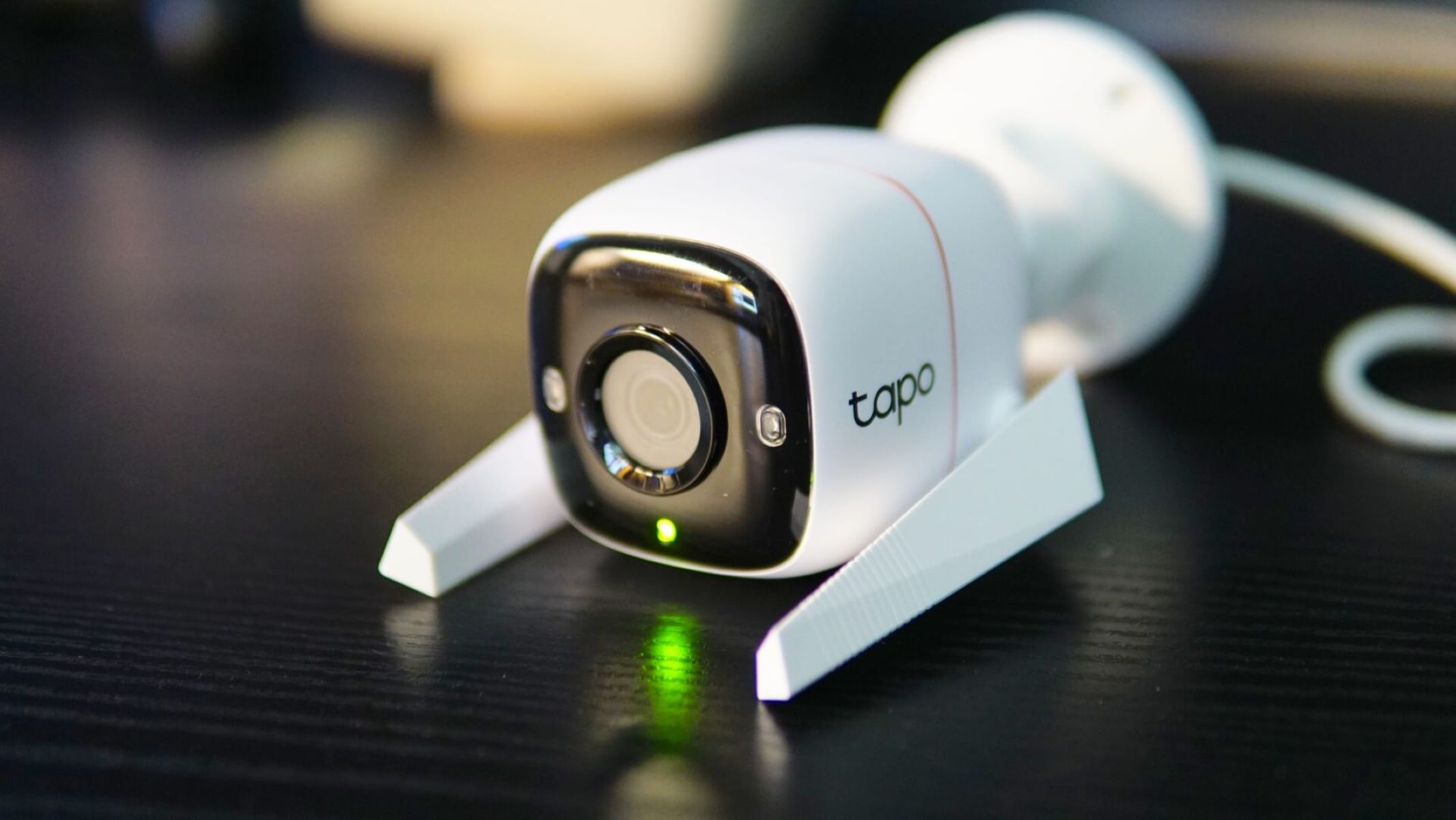
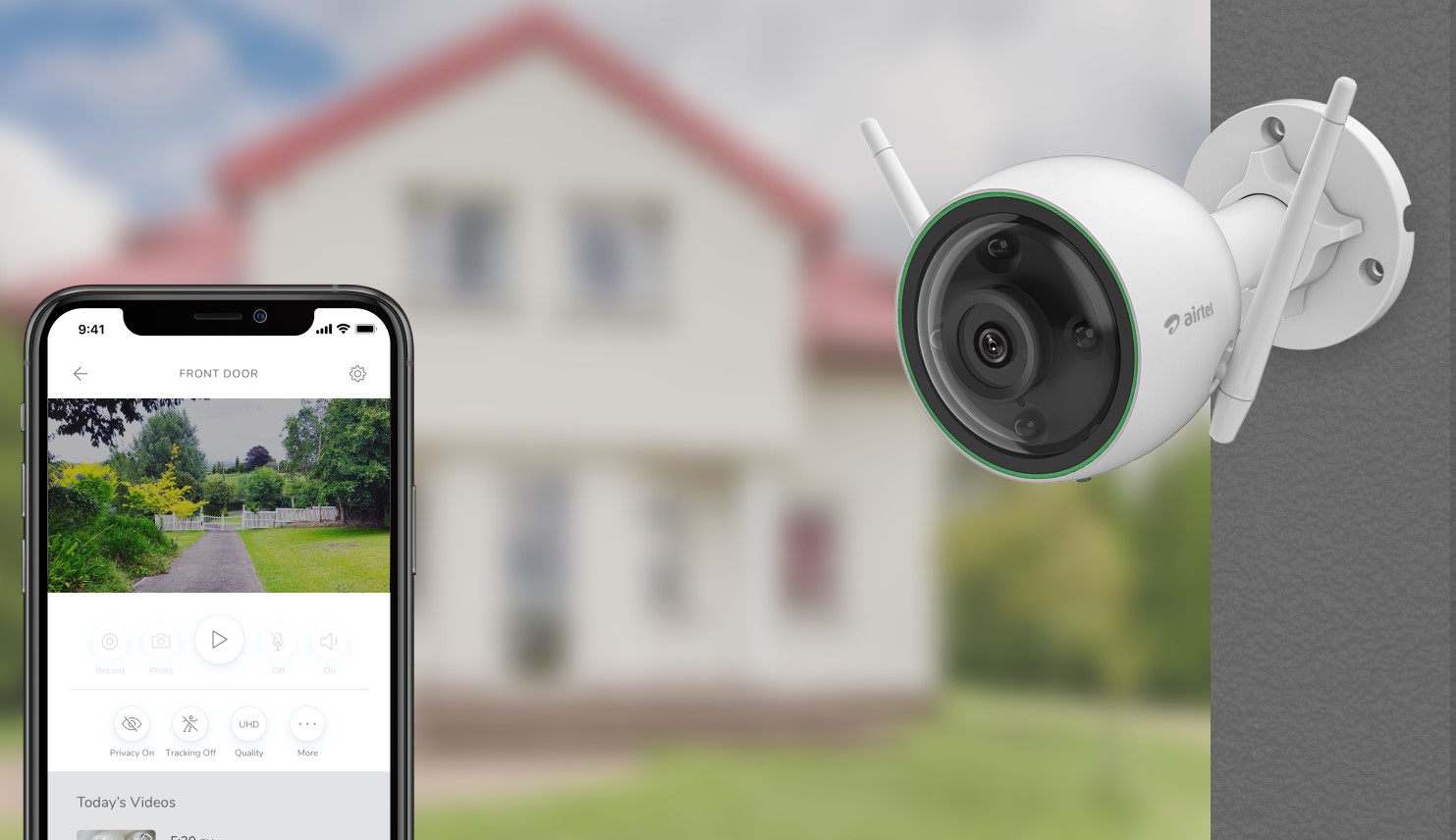
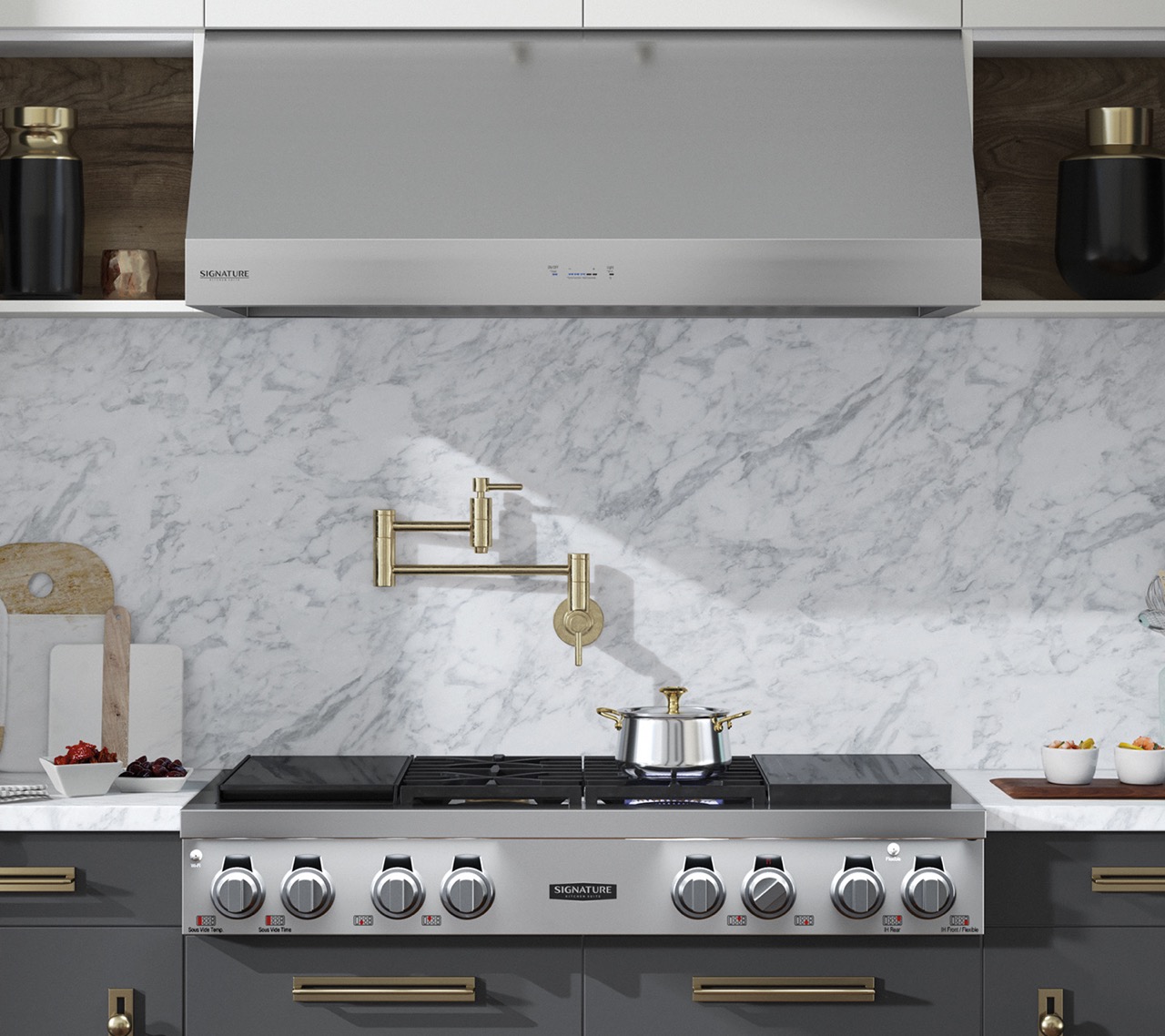
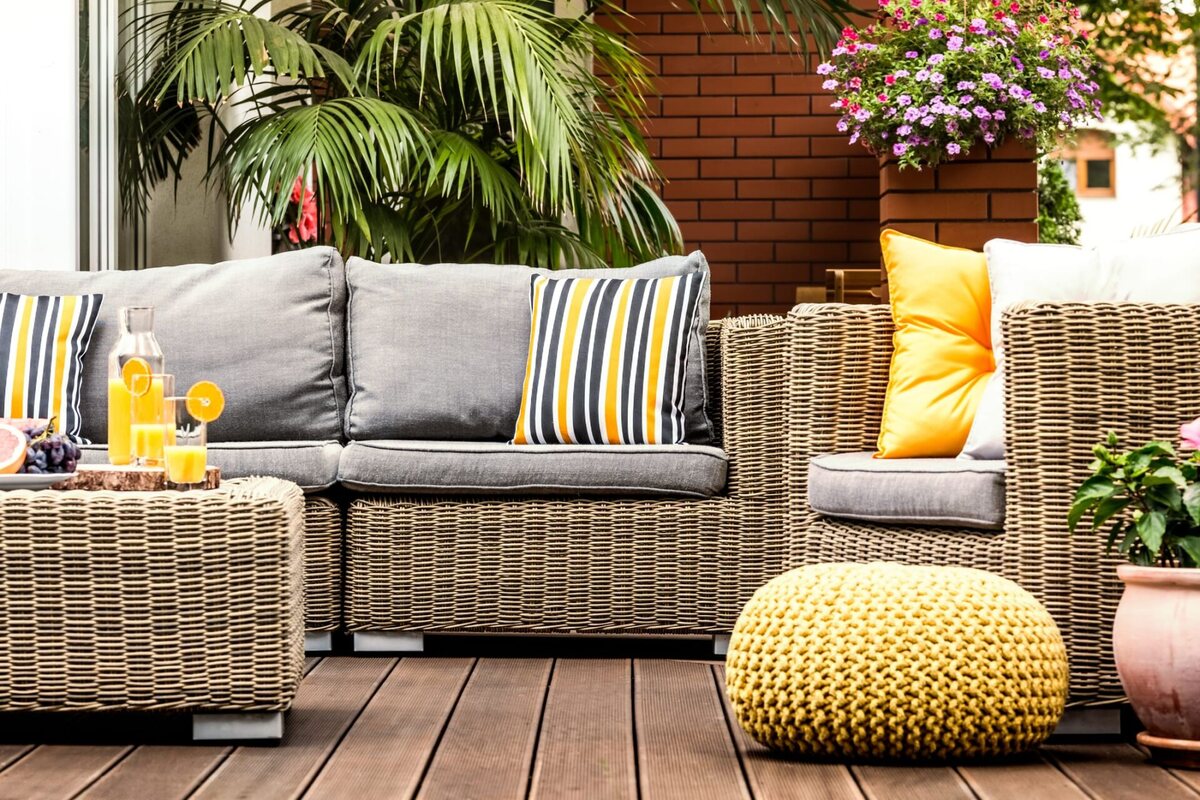
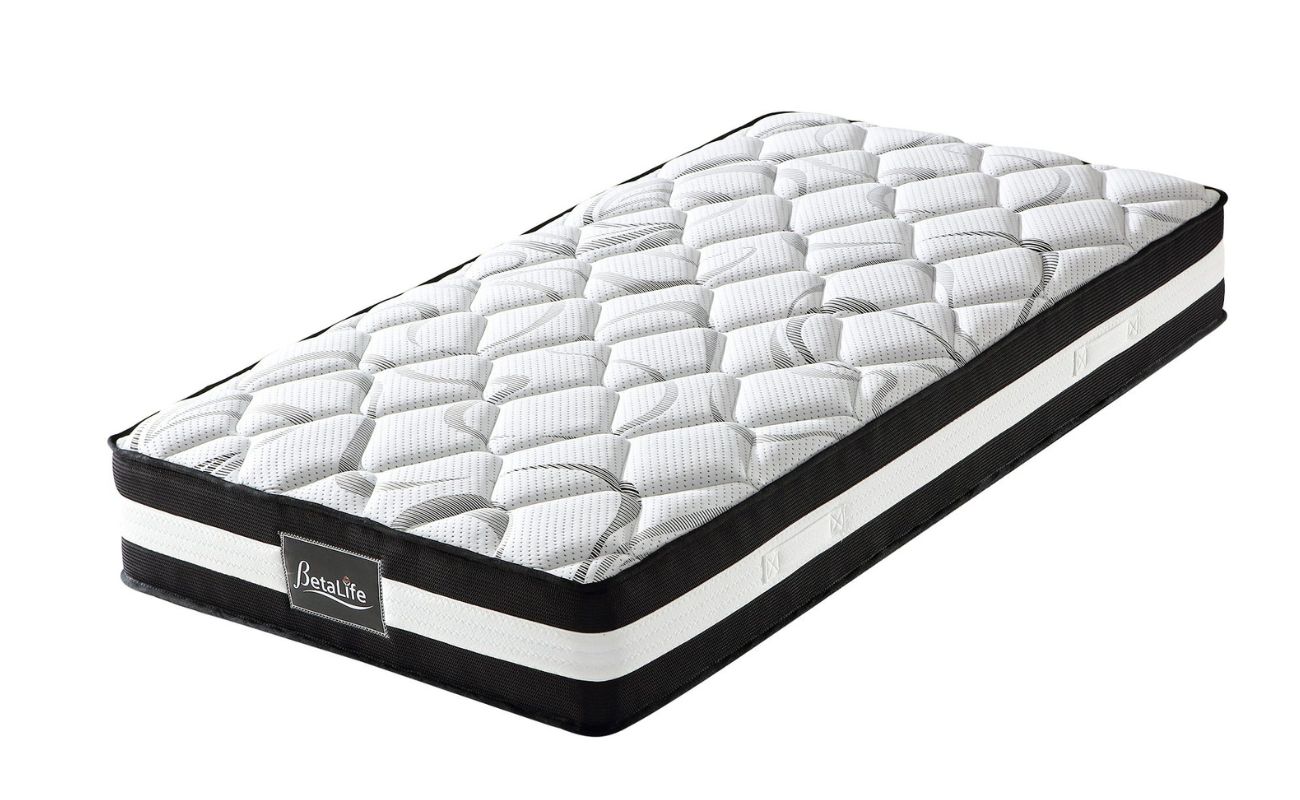
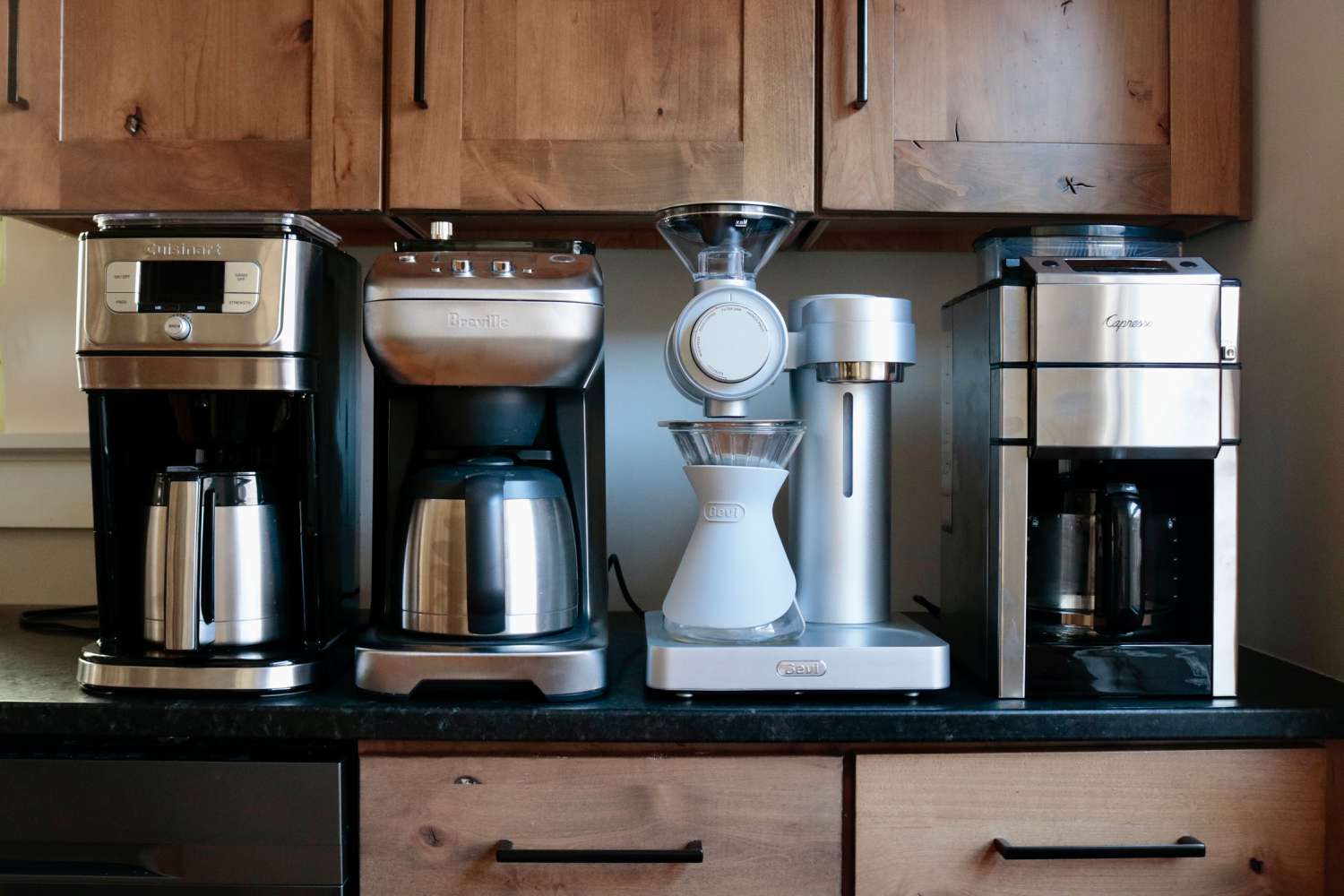
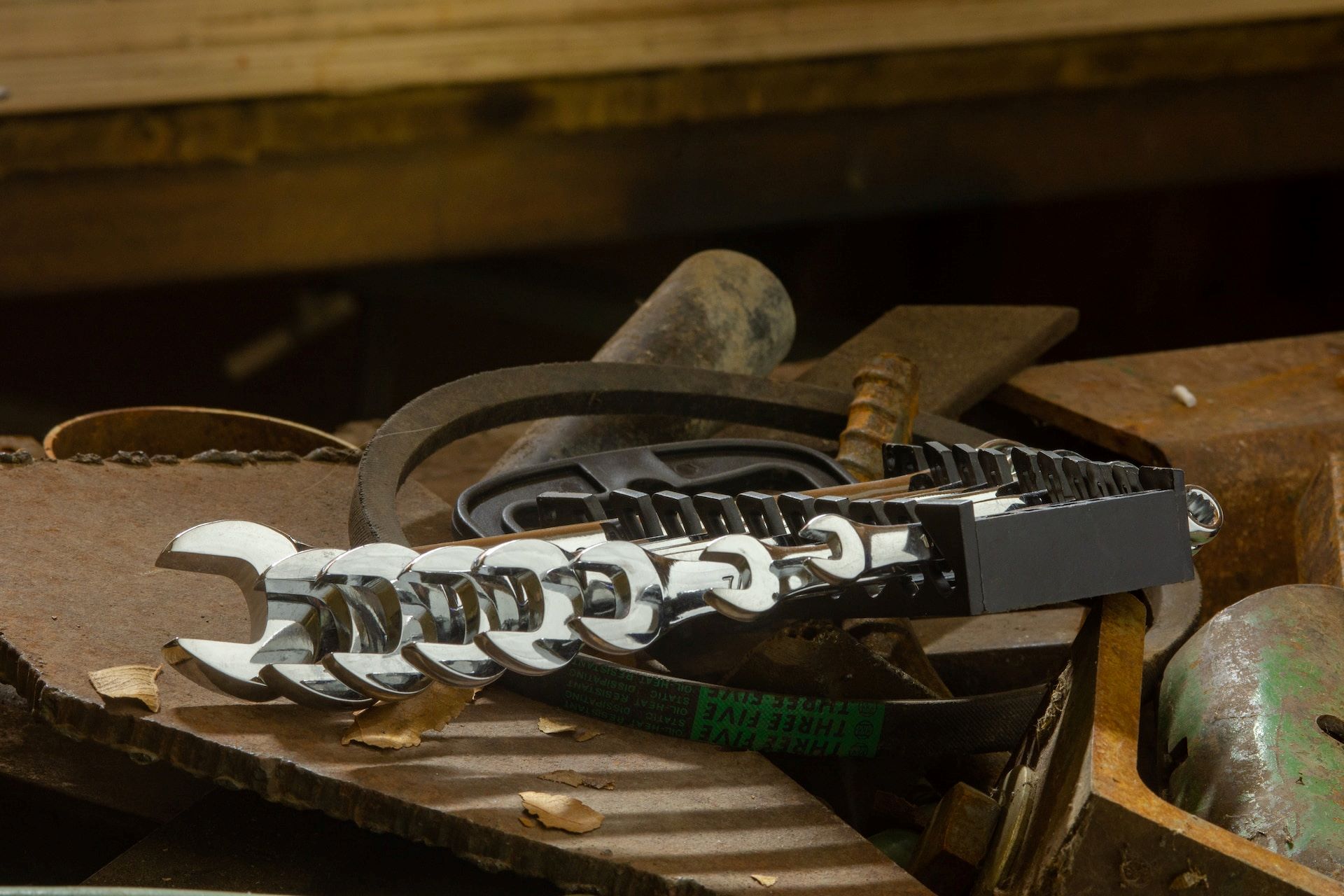
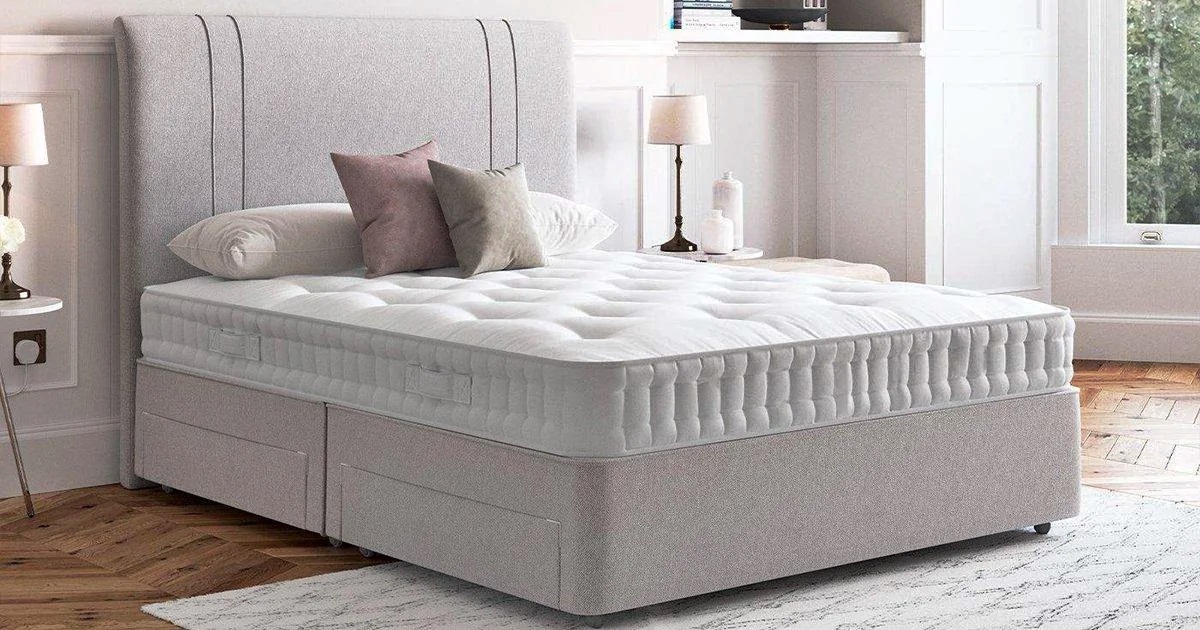

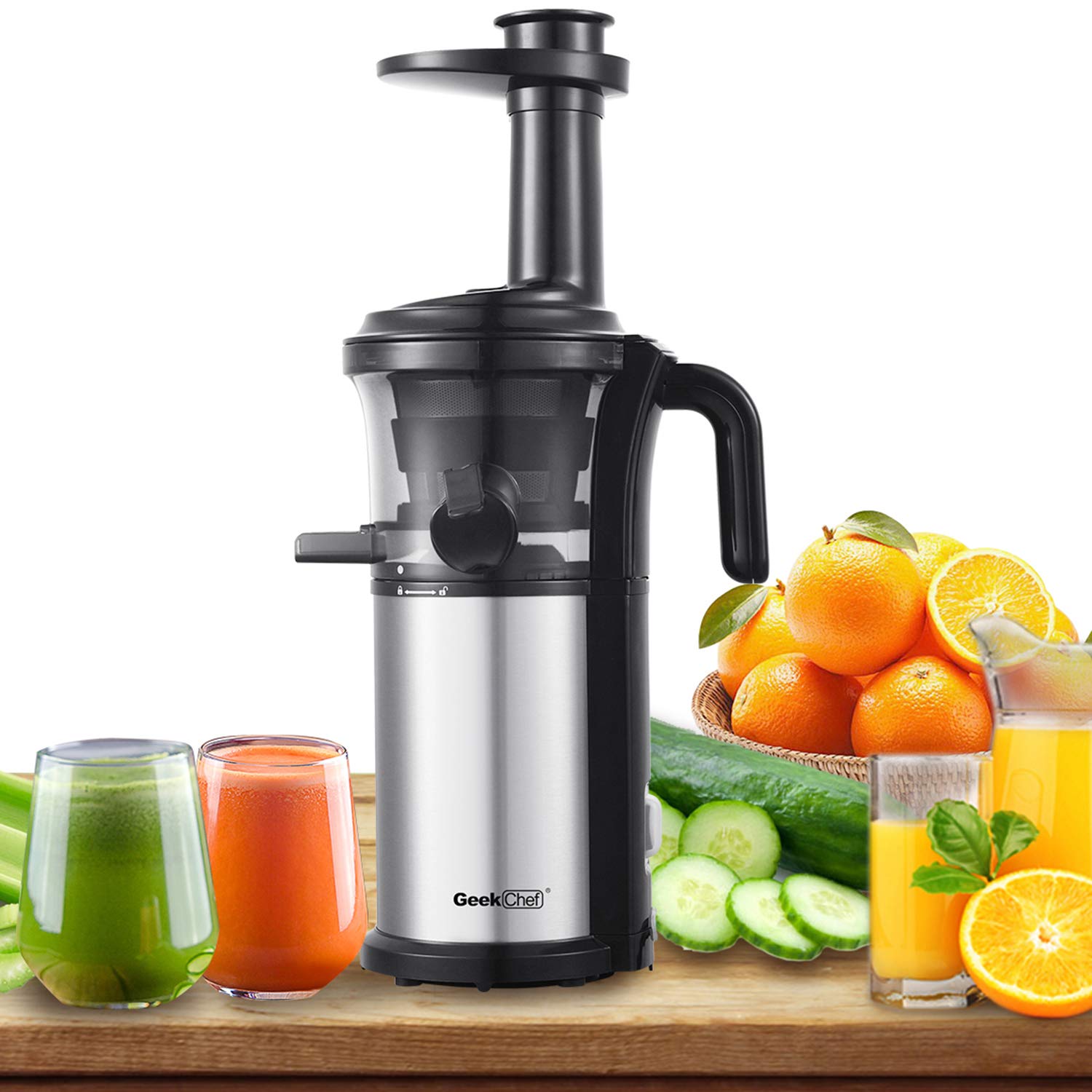
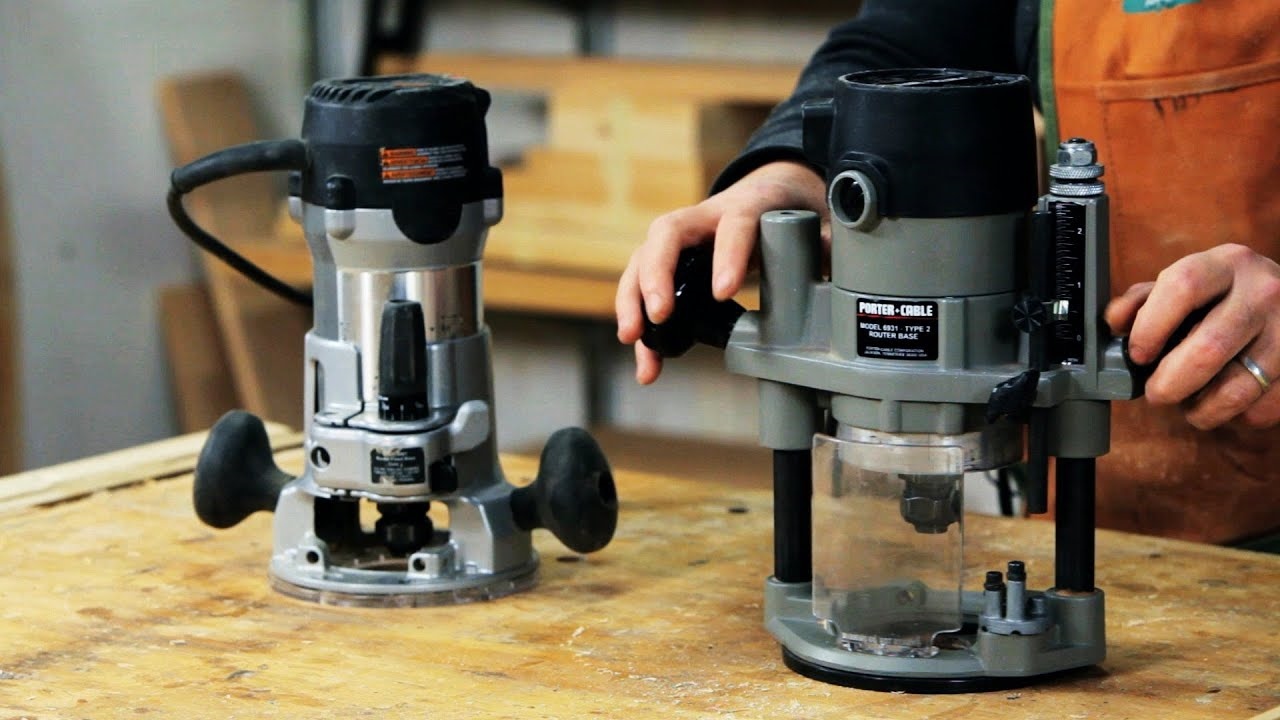
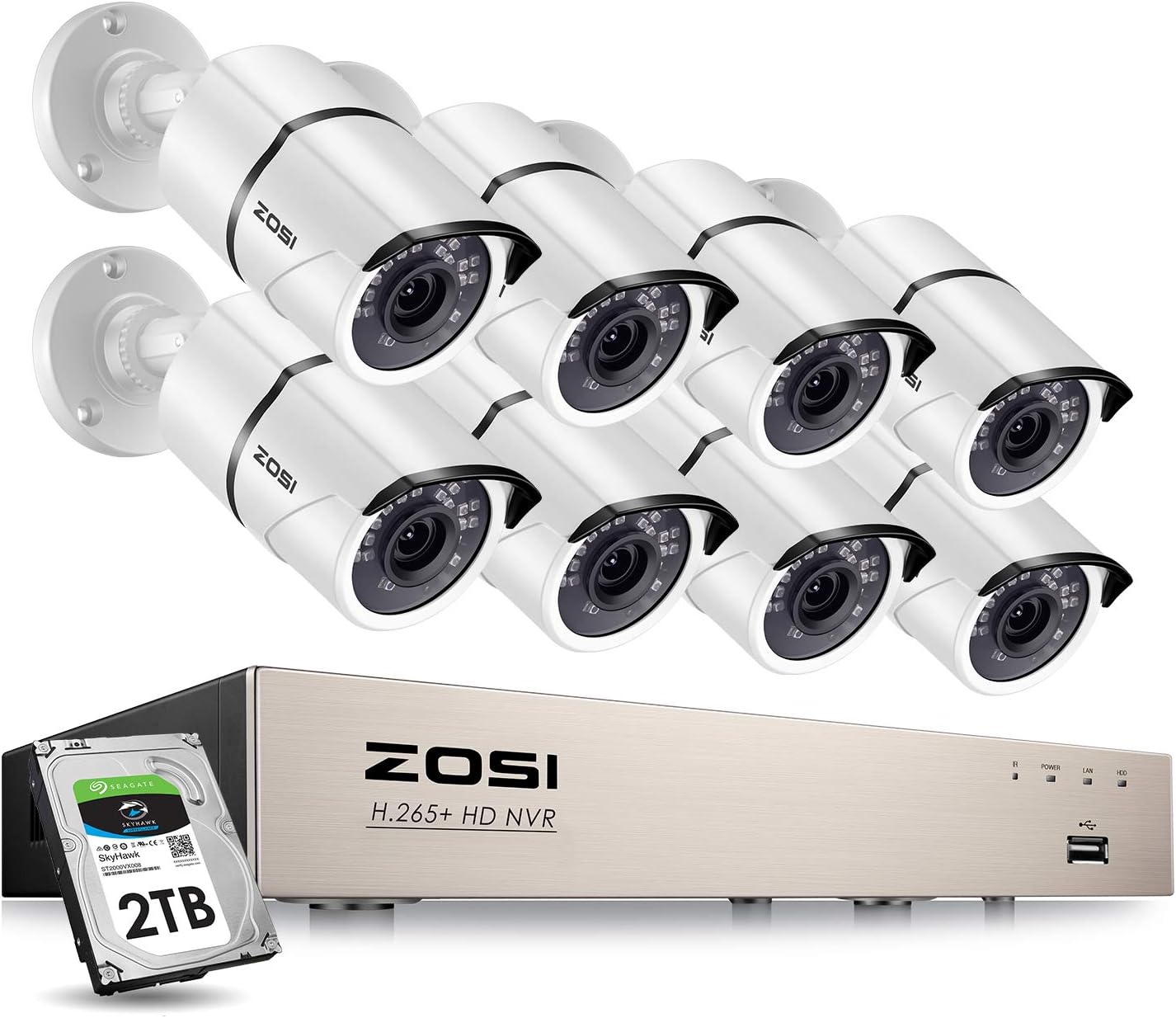
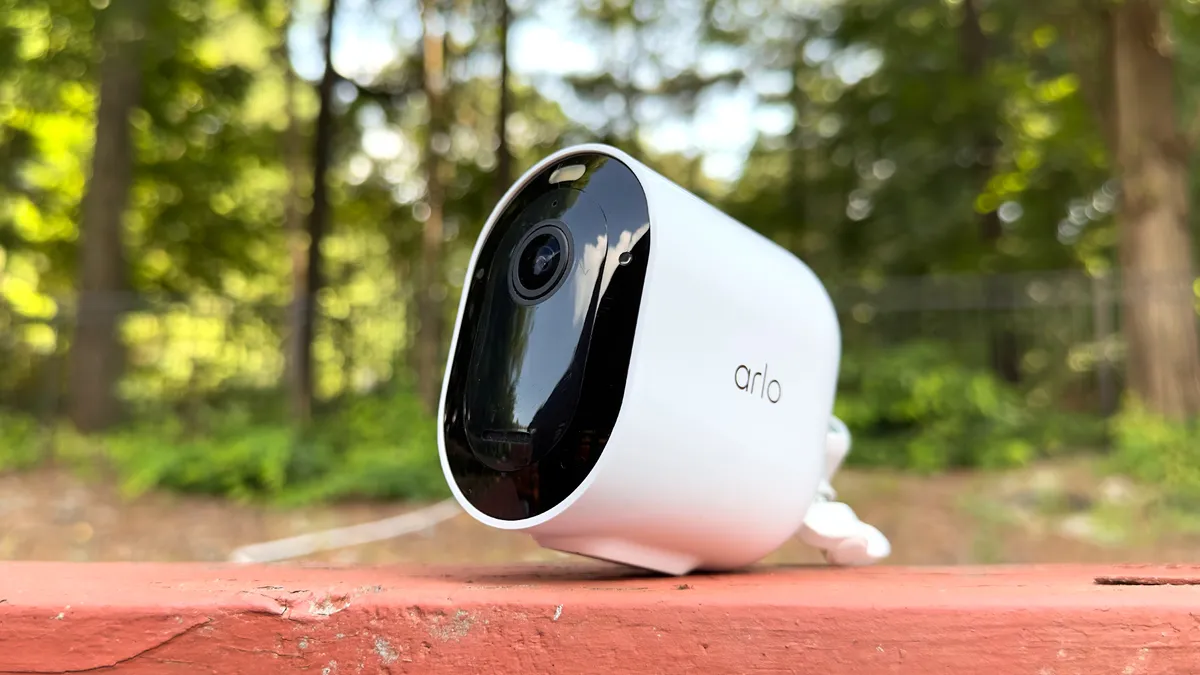

0 thoughts on “What Should I Look For When Buying Outdoor Security Cameras?”